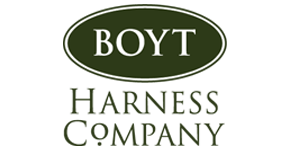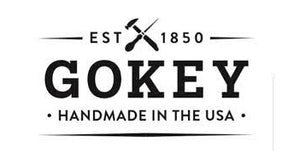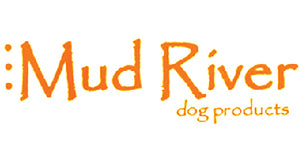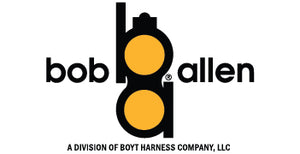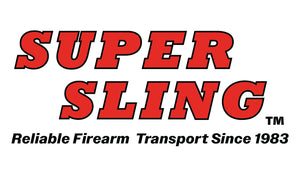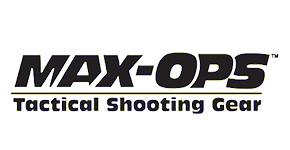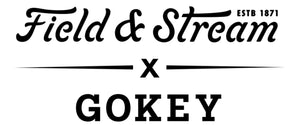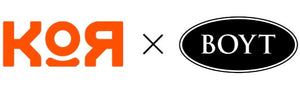A Common Hind Leg Lameness: Cruciate Ligament Disease
Knees are complicated joints. The normal biomechanics* of the knee can vary due to breed variances in build, obesity, genetic abnormalities, and hormonal effects on bone growth. In fact, knee injury - specifically cruciate ligament injury - is the most common cause of rear leg lameness in dogs. Other causes of knee pain/lameness may include: patella luxation, infectious joint disease, cartilage damage, arthritis, fractures, bone disease, and muscle strains. This article will hone in on knee ligament injury, specifically the torn Cranial Cruciate Ligament (CCL). Like a machine, the knee joint works beautifully if all the parts and forces are correctly measured and applied. When a single applied force or multiple forces over time is greater than what the knee can absorb, the pieces of the machine wear out or break down. In living creatures like our beloved dogs, this ‘break down’ may manifest as pain, limping, or swelling. The knee receives physical inputs and energy from both below and above the joint.
The primary purpose of the CCL is to stabilize the knee joint by preventing unwanted forward or internal rotation of the tibia (the long bone just below the knee), and protect the knee from hyperextension. When the CCL is not functioning (in the case of a partial or complete tear), the joint becomes lax and unstable. This instability creates abnormal force distribution and movement in the joint which leads to pain, swelling, and destruction of other vital tissues in the knee.
CCL injuries fit into two general categories
- Acute injury: A sudden lameness from direct trauma resulting in shearing of the ligament. These occur most frequently in young, highly athletic energetic dogs and are extremely painful, usually associated with significant swelling of the knee. Often the pet is unwilling to bear weight on the affected leg.
- Chronic injury: A lameness that has been noticeable on and off for an extended time and progresses over time. This occurs most often in adult dogs, and is seen primarily in large and giant breeds. Arthritis is usually evident in the joint along with loss of hind leg muscle mass.
To diagnose a CCL tear, your veterinarian will perform a general wellness exam, as well as specific orthopedic tests. Radiographs are used to confirm exam findings. Some pets have more than one orthopedic condition that needs to be addressed (perhaps including meniscus tear or luxating patella). Many times, sedation will be needed in stressed painful animals to perform the orthopedic exam and radiographs. Once CCL injury has been confirmed, surgical correction will be recommended for most patients. Surgical procedures are designed to replace the function of the CCL and stabilize the knee joint. The recommended surgical procedure is based on patient size and lifestyle, financial budget, and surgeon preference. Orthopedic repairs require a veterinarian with specialized training and experience. Without surgical correction, dogs will experience chronic knee pain and arthritis with loss of normal limb function. Large dogs that rupture one CCL routinely rupture their other CCL within one year. Recovery and care after surgery is as important as the surgery itself if a pet is to regain near normal leg function. Strict confinement and pain/swelling management is required for the first few weeks. After the incision has healed, rehab is introduced. This is best done through a certified canine rehabilitation specialist. Too much or intense activity during the recovery period can destroy the still healing tissues. Healed tissue returns to near-normal function around 14-16 weeks after surgery. *Biomechanics: mechanical laws related or applied to movement of a living organism
### Amanda Burow, D.V.M. (Dr. B), is a graduate of Iowa State University’s College of Veterinary Medicine. Dr. Burow’s patient list includes hunting dogs of all varieties, as well as several field trial dogs and full time sporting guide dogs. In addition to practicing general veterinary medicine, she has special interest in the areas of preventive care, emergency medicine, and dermatology. In her spare time, she enjoys being outdoors and on the lake, staying active, reading, and spending time with family and friends. Mud River is proud to share these tips from Dr. B with our customers. Keep in mind it is best to work with your local veterinarian to determine the needs for your animals.


